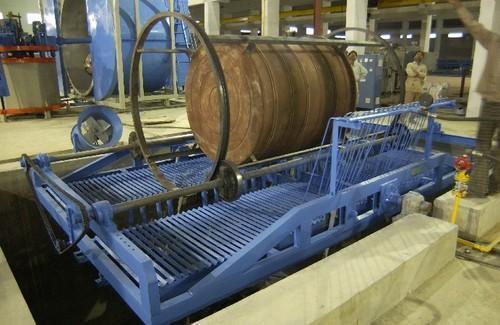Plastics rotomolding, when regarded as a distinct segment developing process, has evolved significantly throughout the years, due to developments in components, technological innovation, and approach optimization. Here’s a closer inspection at a few of the recent improvements shaping the way forward for rotomolding:
Sophisticated Components:
The introduction of new thermoplastic resins and additives has broadened the range of resources designed for rotomolding. Great-efficiency polymers with boosted mechanical qualities, Ultra-violet amount of resistance, and fire retardancy are now frequently used, opening up opportunities for programs in strenuous environments.
Automation and Robotics:
Automation and robotics have revolutionized the rotomolding method, improving performance, uniformity, and productiveness. Automatic methods for fungus packing, warming, and air conditioning enable faster pattern instances and minimize effort costs. Robotics will also be employed for trimming, completing, and quality control, ensuring accurate and repeatable results.
3 dimensional Generating and Speedy Prototyping:
The integration of 3 dimensional printing and quick prototyping systems has quicker the product development routine for rotomolded pieces. Prototypes may be quickly created using ingredient manufacturing techniques, letting developers to test and refine their patterns before investing in tooling.
Simulator Computer software:
Innovative simulation computer software permits engineers to improve the rotomolding method essentially, guessing materials circulation, temperatures distribution, and part shrinkage. By simulating different mold styles and handling guidelines, producers can minimize defects, lessen pattern periods, and enhance all round aspect quality.
Sustainable Procedures:
With increasing concerns about environment sustainability, the rotomolding sector is adopting eco-helpful practices. Reused components, alternative energy sources, and shut down-loop recycling solutions are now being implemented to lower the carbon footprint of your producing procedure. In addition, naturally degradable and compostable resins are increasingly being discovered as alternative components for rotomolding.
Verdict:
The future of Plastics Rotomolding appears appealing, pushed by developments in components, automation, 3D generating, simulator software, and sustainability. As companies carry on and innovate and maximize the method, rotomolding will always be a competitive and lasting manufacturing solution for an array of industries.
